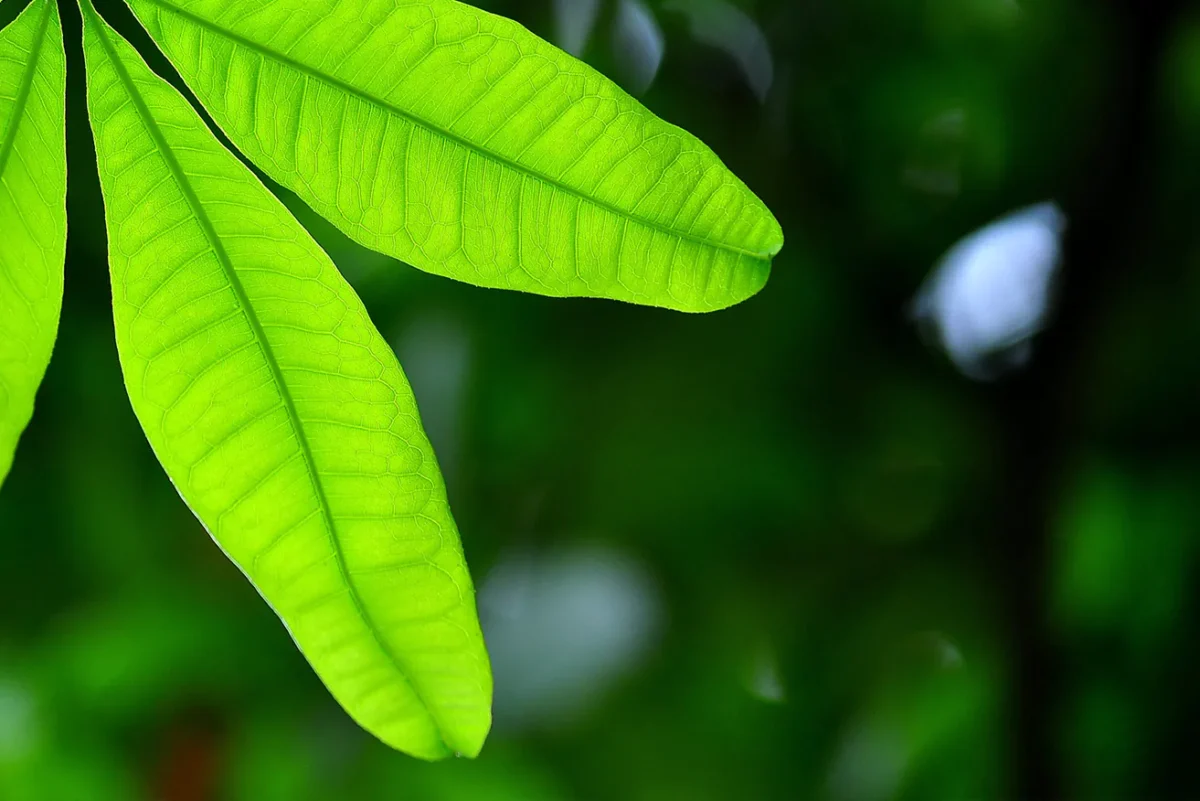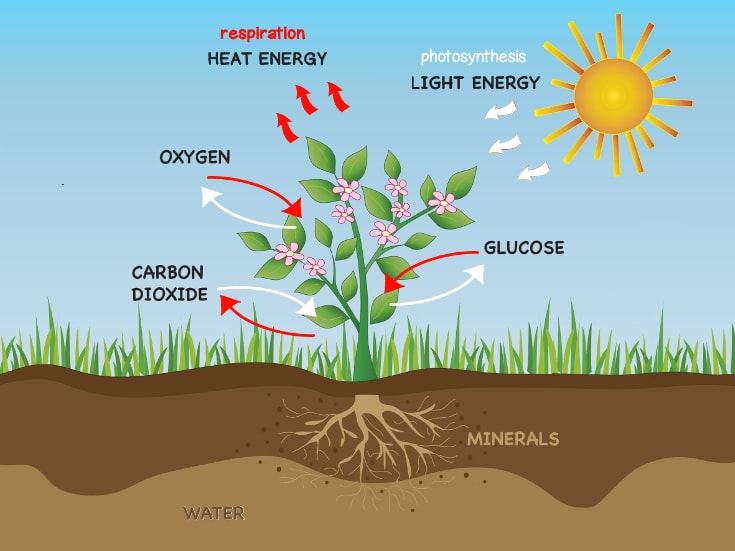
Plants play an integral role in our lives by providing the air we breathe, the food we eat, and fuel for our homes and vehicles. However, many of us may not fully understand the biological processes that keep plants alive and thriving. This is where photosynthesis and respiration, two essential processes used by plants, come into play.
Photosynthesis is the process that allows plants to convert light energy from the sun into chemical energy in the form of glucose, while respiration is a metabolic process that involves the consumption of glucose to produce energy for plant growth and survival. Understanding these processes is crucial to appreciating the power of plants and their importance in sustaining life on Earth.
In this post, we’ll explore the fascinating world of photosynthesis and respiration, breaking down complex concepts into fun and easy-to-understand explanations. From the basics of the plant cell structure to the different types of chlorophyll, we’ll go over everything you need to know to better comprehend this amazing process. Whether you’re a budding botanist or just curious about the power of plants, this guide will help you gain an in-depth understanding of photosynthesis and respiration.
And to complement this easy guide, here’s a video about respiration and photosynthesis for you to watch: www.generationgenius.com/videolessons/photosynthesis-and-respiration-video-for-kids/
Photosynthesis is the process by which plants use sunlight to turn carbon dioxide and water into glucose and oxygen.

Photosynthesis is the fundamental process by which plants convert light energy into chemical energy. In this process, plants use specialized organelles called chloroplasts to capture solar energy from the sun and convert it into usable energy in the form of glucose. The process involves two stages, the light-dependent reactions, and the light-independent reactions.
During light-dependent reactions, the energy from the sun is harnessed and stored in the form of ATP and NADPH, while oxygen is released as a byproduct. In the light-independent reactions, the ATP and NADPH are used to synthesize glucose from carbon dioxide and water via the Calvin cycle.
The oxygen released during photosynthesis is essential for the survival of humans and other animals.
During photosynthesis, plants convert carbon dioxide and water into glucose, a form of sugar that plants use for energy. The process also releases oxygen into the atmosphere as a byproduct. This oxygen production is vital to the survival of humans and other animals. It’s because we rely on oxygen for our own respiration, a process where we use oxygen to produce energy to fuel our bodies.
Without photosynthesis and the release of oxygen, life on Earth as we know it would not exist. So, the next time you breathe in that fresh, clean air, thank the power of plants and the process of photosynthesis.
Respiration is the process by which plants and animals convert glucose into energy to fuel their growth and activities.

Respiration is a fundamental process in the life of both plants and animals. It is through respiration that plants and animals convert glucose into energy to fuel their growth and activities. While photosynthesis produces glucose that is used in respiration to release the energy stored in it, respiration releases the energy required to carry out vital life processes.
In plants, respiration happens in the mitochondria of their cells where oxygen is utilized to break down glucose molecules and produce adenosine triphosphate (ATP), the primary energy source in the plant’s cells. A similar process occurs in animals, where oxygen is taken in through breathing and transported to their cells to break down glucose and produce ATP. Understanding the process of respiration is key to appreciating the importance of plants and animals in sustaining our environment and our lives.
Plants also “breathe” by taking in carbon dioxide and releasing oxygen during respiration.
Photosynthesis and respiration are two of the most significant processes that take place in plants. During photosynthesis, plants absorb energy from sunlight to produce sugar molecules, while producing oxygen as a waste product.
But did you know that plants also “breathe” through a process called respiration? During respiration, plants absorb oxygen and release carbon dioxide, just like humans do when they breathe. However, plants also have the unique ability to absorb carbon dioxide and release oxygen during respiration, which is a vital contribution to our atmosphere. This process helps regulate the amount of carbon dioxide in the air, which is beneficial for the health and well-being of all living organisms on Earth. So the next time you see a vibrant plant, remember that not only is it producing oxygen, but it’s also helping to keep our planet healthy!
Understanding the basics of photosynthesis and respiration can help you appreciate the incredible power of plants and their impact on our planet.

Photosynthesis and respiration are two essential processes that enable plants to survive and thrive. By harnessing energy from sunlight, plants convert carbon dioxide and water into glucose, which serves as their primary source of energy.
During the process of photosynthesis, plants also release oxygen into the atmosphere, which is vital for the survival of all living organisms, including humans. Through respiration, plants break down glucose to create ATP, a molecule that provides energy for all cellular processes. By understanding these fundamental processes, we can appreciate and admire the incredible power of plants and their impact on our planet. From oxygen production to carbon sequestration, plants play a crucial role in maintaining the delicate balance of our planet’s ecosystems.
In conclusion, photosynthesis and respiration are vital processes that are necessary for the survival of plants, animals, and humans. Understanding the intricate workings of these processes and how plants use them to convert light into energy is crucial in appreciating the power of plants.
This guide provides a fun and easy way to learn about photosynthesis and respiration, and how we can use this knowledge to improve our relationship with nature. By harnessing the power of plants, we can contribute to a sustainable future and a greener planet.








